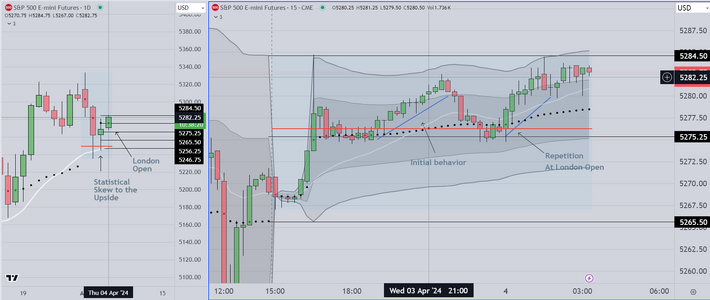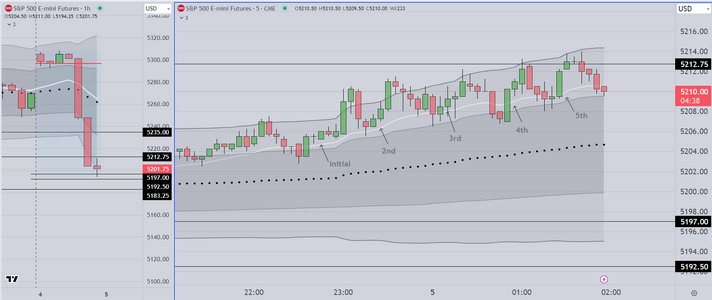Hello Everyone
It has been a long time since I posted anywhere.
I have spent the last several years learning “Price Action” by reviewing every available resource.
About a year ago I found what I believe are the final pieces of the puzzle (for me). One of the important lessons I learned is how to manage my emotional responses (I have been risk averse most of my life). I found a simple solution that I call
“descriptive narrative” to help me manage my
anxiety as my position moves around. Its a different world now and I am optimistic. Looking forward to success trading the S&P Futures (Emini)
Best to Everyone
It has been a long time since I posted anywhere.
I have spent the last several years learning “Price Action” by reviewing every available resource.
About a year ago I found what I believe are the final pieces of the puzzle (for me). One of the important lessons I learned is how to manage my emotional responses (I have been risk averse most of my life). I found a simple solution that I call
“descriptive narrative” to help me manage my
anxiety as my position moves around. Its a different world now and I am optimistic. Looking forward to success trading the S&P Futures (Emini)
Best to Everyone


